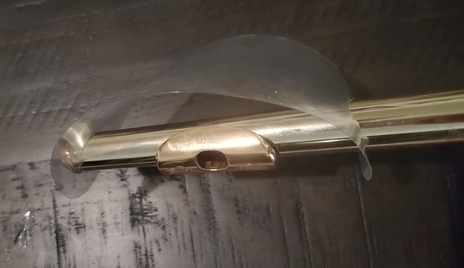Department of Physics
Musicians and the Spread of COVID-19
Musicians’ Breath in the Age of COVID-19
The Department of Physics has partnered with the Department of Music to determine how far the breath from musicians propagates during performance. The goal is to provide an indication of the minimum physical distance that is necessary for vocalists and instrumentalists to minimize the transmission of SARS-CoV-2, the virus that causes COVID-19.
The videos shown here exploit the temperature difference between the breath and the surrounding air to image the flow. The videos do not provide reliable information on the spread of exhaled droplets, which has been well studied by others. Instead, these videos image the aerosol that is exhaled. Aerosols are made up of particulates that float in the air. Often they are particulates smaller than 5 micrometers, which is about 0.0002 inches or approximately 1/10 the diameter of a human hair.
In addition to providing an indication of the extent that the exhaled breath propagates, the videos also provide some important information that may be useful in developing new musical pedagogy. New videos will be added as they become available.
John Grau, Tenor
Caitlin Mohr, Soprano | With and Without a Mask
Soprano Caitlin Mohr sings without and then with a mask, demonstrating the effectiveness of masks in reducing the distance aerosols are projected when singing.
Katie Mess, Flute | Acetate Air Shield
Katie Mess plays the flute and then plays the same phrase with a homemade acetate air shield. The air propagates less than an inch from her mouth and is instead directed downward.
Playing flute without air shield
Playing flute with air shield
